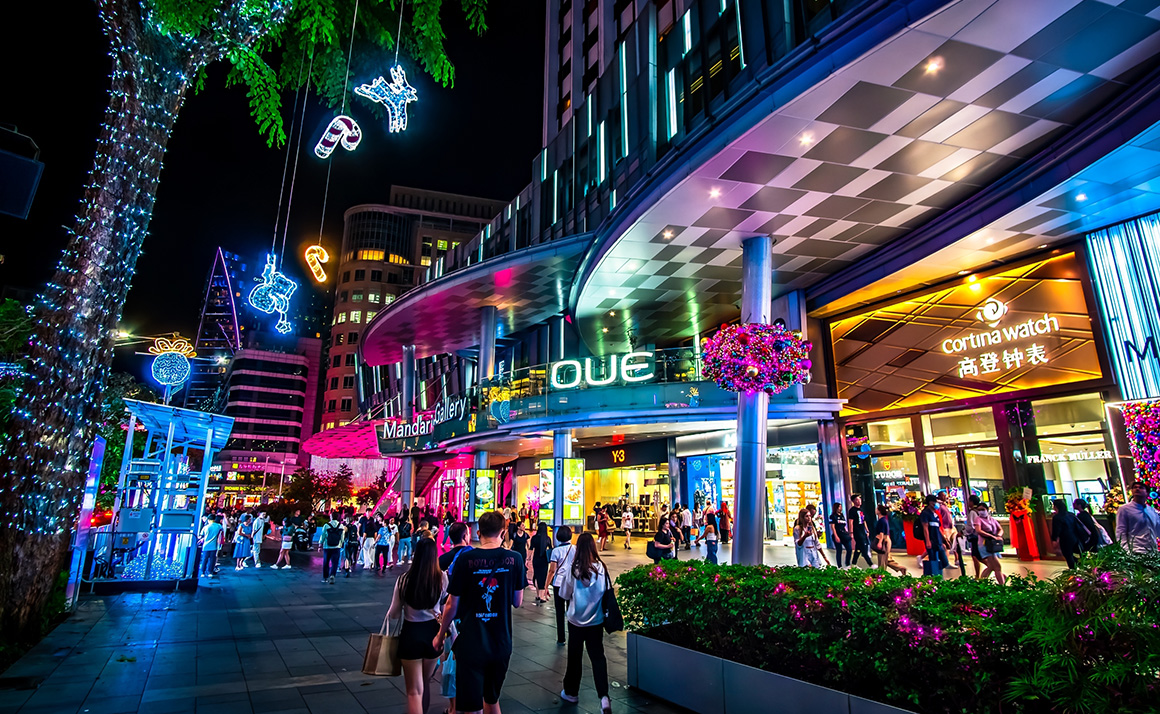
Outlook 2025: some positive signs for Asia Pacific’s embattled consumers
Explore Asia Pacific's retail property outlook for 2025 as inflation and interest rates impact consumer confidence. Discover insights into trends, challenges, and opportunities in this nuanced sector.
Asia Pacific shoppers have been hampered by higher inflation and interest rates and while there are positive signs around the region, consumer confidence is still relatively low.
As 2025 looms, Prospects takes a look at the coming 12 months for Asia Pacific retail property, with a focus on domestic consumption. Simon Smith, Head of Asia Pacific Research & Consultancy at Savills, says: “Tourism has supported retail in a number of regional markets, but the domestic consumer has been somewhat subdued.”
Chinese consumers have faced significant challenges in recent years, as the economy has struggled. This means a generally weak outlook, albeit with a few bright spots, says James Macdonald, Head of Research at Savills China.
“Vacancy rates have declined slightly from their peak, but they remain uncomfortably high. The market is soft, and rents are falling across most projects,” he says. “That said, retail is a highly nuanced sector, with certain brands, categories, or projects outperforming broader trends. Domestic brands, lifestyle and value-for-money offerings are currently doing better, as small splurges persist.”
The return of international travel has been good for luxury retailers, but not in China, where sales have declined. However, tourism from both China and elsewhere has buoyed the luxury retail market in Japan and recent data is also supporting a more positive outlook for the Japanese consumer.
Tetsuya Kaneko, Head of Research & Consultancy at Savills Japan, says: “Personal consumption has finally started to show some strength, and this trend is expected to continue for the time being. The upcoming wage growth in spring also looks promising, likely leading to further increases in consumption.”
However, he notes that the weaker yen is driving up import prices, and wage growth remains uneven across the economy’s various sectors. “High-end markets, however, appear significantly more promising,” he adds.
Lower interest rates and improved GDP growth have driven a slight rise in consumer confidence in Thailand, however rising living costs and high household debt continue to hamper spending, especially amongst the middle- and lower-income segments. Government schemes, such as targeted tax incentives, have had limited impact due to their narrow applicability.
This means Thailand’s 8-10 million upper-middle class cohort is more confident about spending, says Kunvara Boonsuk, Senior Analyst, Research & Consultancy at Savills Thailand. “Spending is increasing only modestly in certain segments, primarily driven by affluent consumers and essential goods. Retailers face headwinds from cost pressures, spending constraints, and an uneven recovery.”
Meanwhile in Australia, consumer spending is forecast to grow again in 2025, boosted by cost-of-living relief measures such as energy bill subsidies and tax cuts which have boosted disposable income.
Chris Naughtin, National Director, Capital Markets Research, at Savills Australia, says: “As inflation pressures ease, the steady rise in wages means households should experience increased purchasing power, potentially reviving consumer confidence and encouraging spending on both essentials and discretionary items.”
He says Australian real estate investment trusts report retail occupancy growth, while CBDs are experiencing a revival with increased foot traffic, supporting robust fundamentals despite steady but lower retail sales levels. “Institutional investors are re-entering the retail market, drawn by stabilised cap rates and income growth,” he adds.
Further reading:
Japan retail report
Contact Us:
Tetsuya Kaneko | Chris Naughtin



